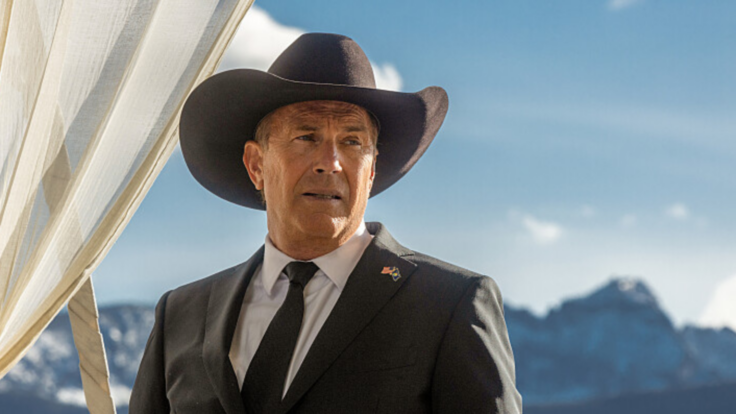Quick, name the most important moment in the rise of Marvel Studios. You’d probably say the May 2008 release of Iron Man, which proved Marvel could produce its own films and take lesser-known characters to box-office heights. Or maybe Disney’s $4.24 billion purchase of the company 18 months later, supercharging Marvel content, theme park rides, and my kid’s awesome Hulk PJs. Or perhaps when Samuel L. Jackson signed an unprecedented deal to play Nick Fury in nine pictures, signaling the interlocking narrative strategy that would lead to the dominance of the Marvel Cinematic Universe.
But if you ask people inside Marvel, many will cite a much quieter 2015 event. That’s when Marvel president Kevin Feige engineered a daring escape from under chairman Ike Perlmutter. Perlmutter was a cheap, impulsive, rude, and short-sighted Trump crony who would annoy the crap out of everyone (including Disney’s then-C.E.O., Bob Iger) with angry early-morning phone calls from New York or Florida. By 2015, Feige all but threatened to walk if Iger didn’t move Marvel’s films (and later television) under Alan Horn’s studio unit. Iger did, and the result wasn’t just better, more diverse creative output, including Black Panther and Captain Marvel, two films Perlmutter had actively blocked. Feige was also free to refashion the Marvel culture in his own image: Low-key but hyper-competitive; creative-driven yet centralized around his own personal vision for Marvel; fan-first while taking more risks—well, “risks” under the limitations of the Marvel banner. No producer or executive in the modern era has known his audience better than Feige.

















